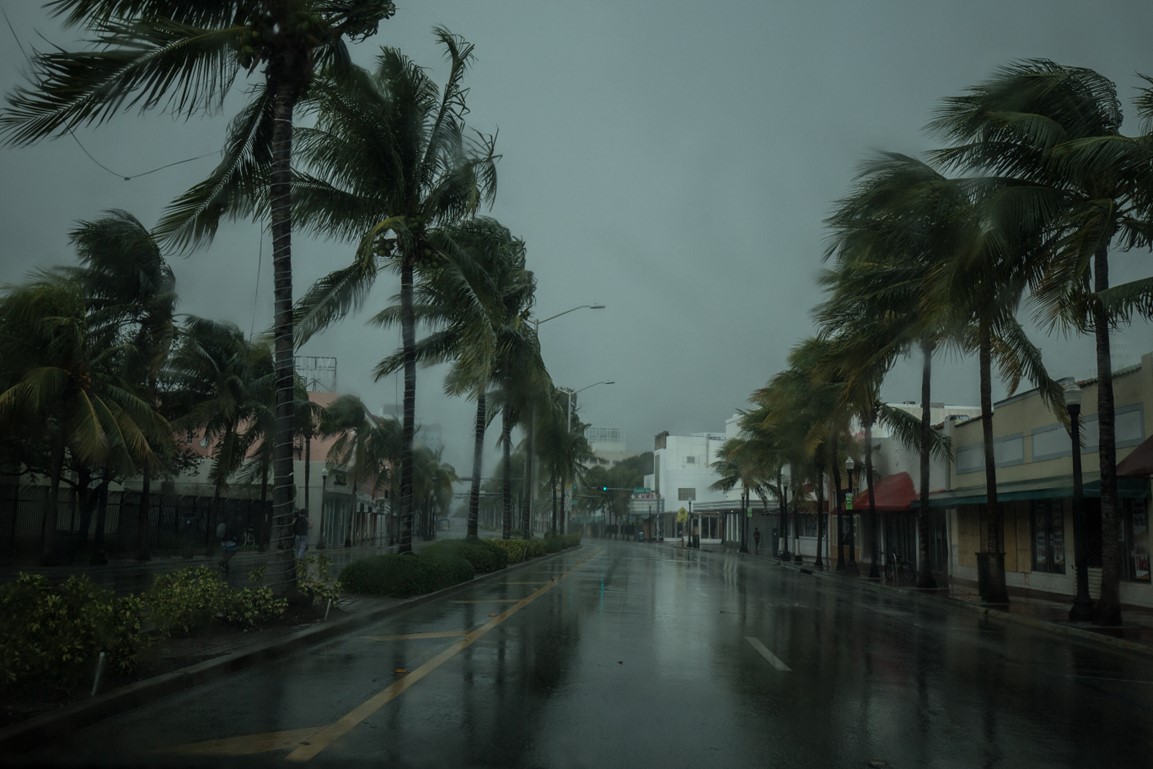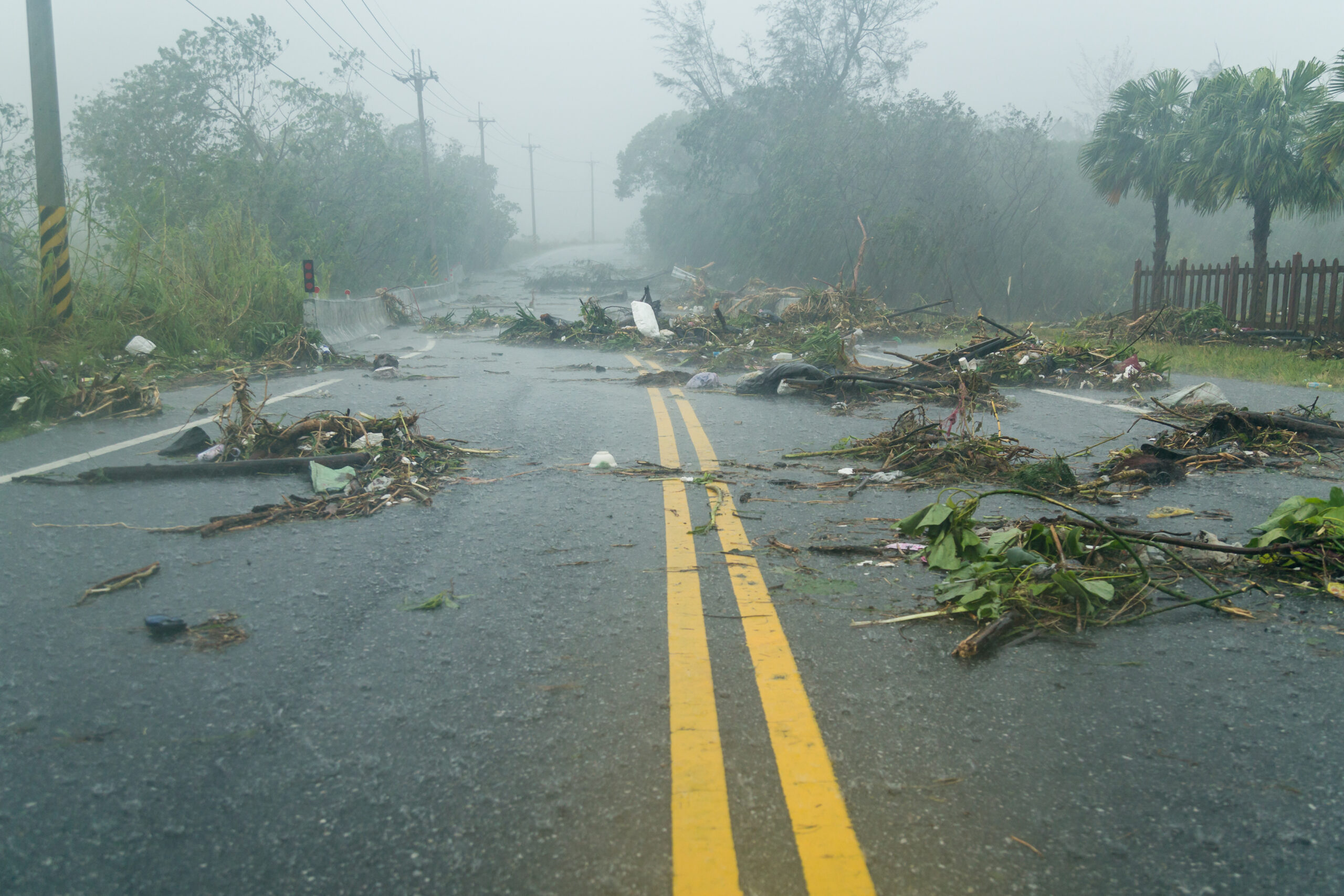When a disaster strikes, the healthcare supply chain is resilient and is built to anticipate and react to disasters.
Many protections are taken on the front end before a crisis ever occurs. As the supply chain is developed, complex systems are also put in place to avoid major disruptions at every step along the pathway. That way, if one facility experiences issues, another facility can quickly help out and prevent any major or long-term disruptions in production. The links of the supply chain are also generally geographically diverse and redundant, so that if an area or link is compromised, another can often fill in the gap.
Partnerships between Healthcare Ready and healthcare industry stakeholders – across the medical surgical and pharmaceutical supply chain – play a pivotal role in this preparedness. Partnerships with manufacturers, distributors, health systems, and pharmacies are important as well as working alongside local, state, and federal officials. are crucial. These partnerships allow us to anticipate public health impacts and create response plans standing side-by-side with those creating, moving, and delivering the innovative treatments and cures we rely on as well as those on the frontlines in our communities every day.
When the supply chain faces pressure, it responds accordingly. Sometimes that means ramping up production or securing alternative distribution methods.
The supply chain also prepares for likely pressures. For example, regions with a higher propensity for flooding or hurricane damage will have pre-established stockpiles of supplies or increase production levels early in the year for necessary medical resources to quickly disseminate should such a disaster occur. If a community faces major flooding during a hurricane, Healthcare Ready can work with our distributor partners across the supply chain who can quickly move those products where they are needed. The same is true in a wildfire as we work to ensure that needed medicines for patients with chronic conditions are available.
When a disaster strikes, the healthcare system counts on manufacturers, who are the first link in the supply chain. Disasters can affect the operations of manufacturers and their facilities’ supply of products in countless ways- whether it be the result of a disease outbreak that drains stock or a hurricane that destroys a hospital’s supplies. No matter the situation, manufacturers work to make their medicines and medical supplies available to those downstream in the supply chain so that patients ultimately are not impacted.
Disasters can create many roadblocks for distributors, who serve as the next step in the supply chain. Distributors purchase drugs and medical products in bulk from manufacturers and meticulously maintain large stocks in strategic locations across the country. Through fast-acting reallocation of these products to those in need, distributors work tirelessly to gain access to healthcare facilities amidst the potential chaos of a disaster to ensure that critical deliveries are not disrupted.
The supply chain is designed to bend without breaking. It is nimble, responsive, and resilient. And when you need it, it will be here for you.
Learn more about how the healthcare supply chain responds in a disaster by watching the video below.






